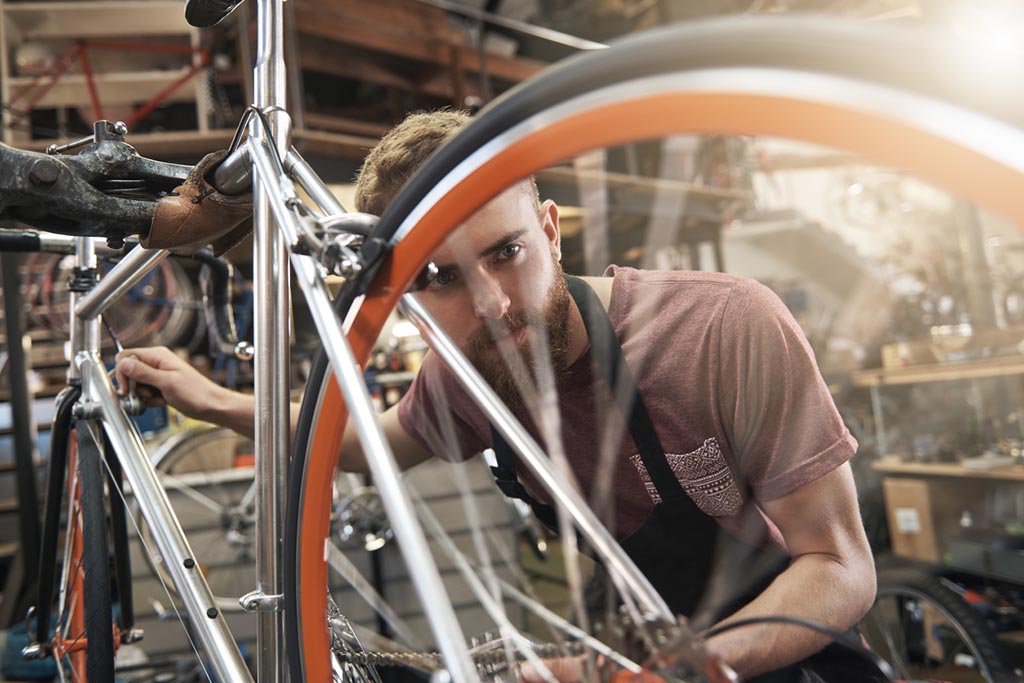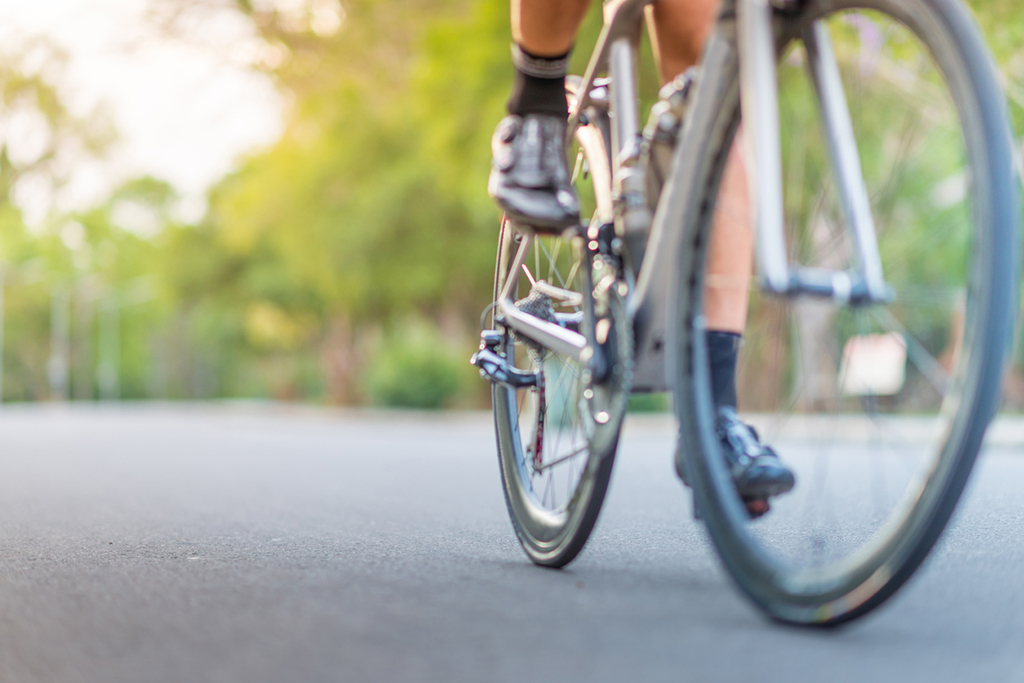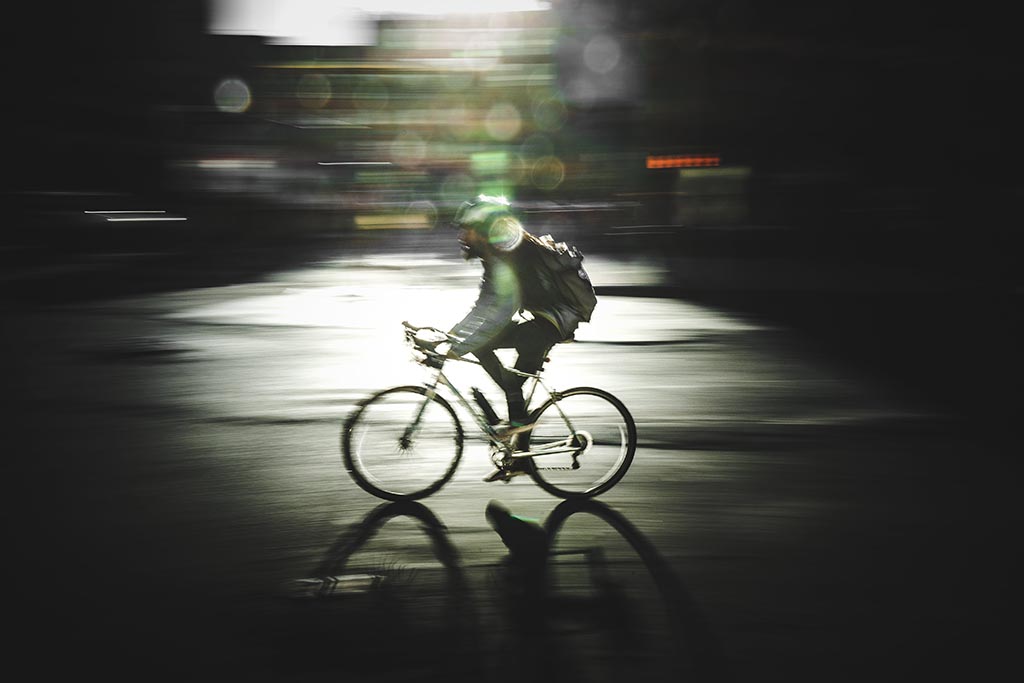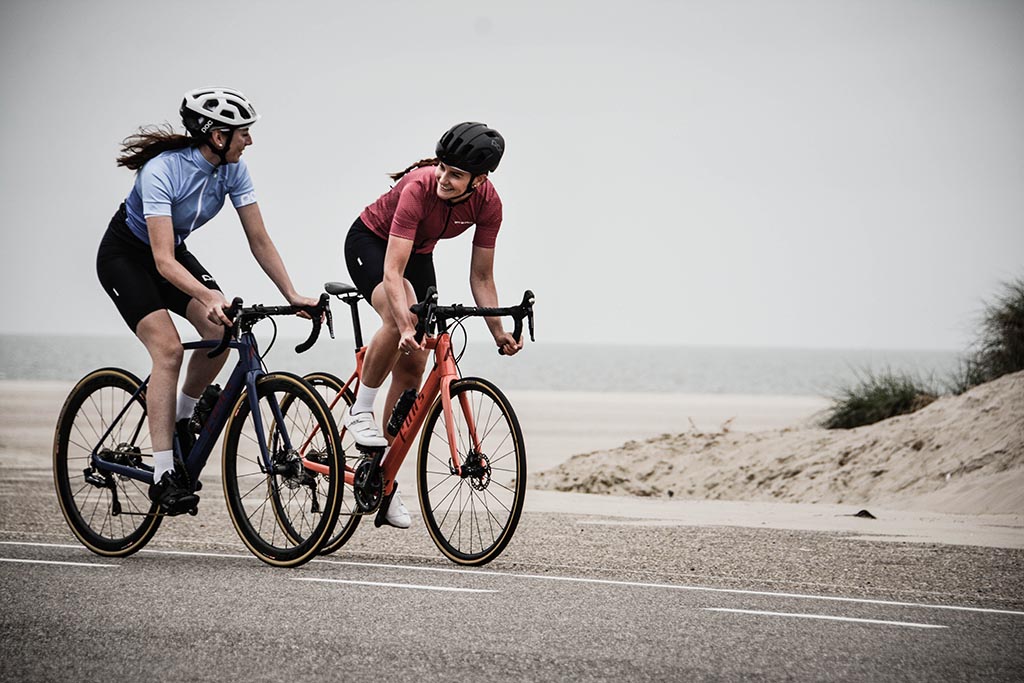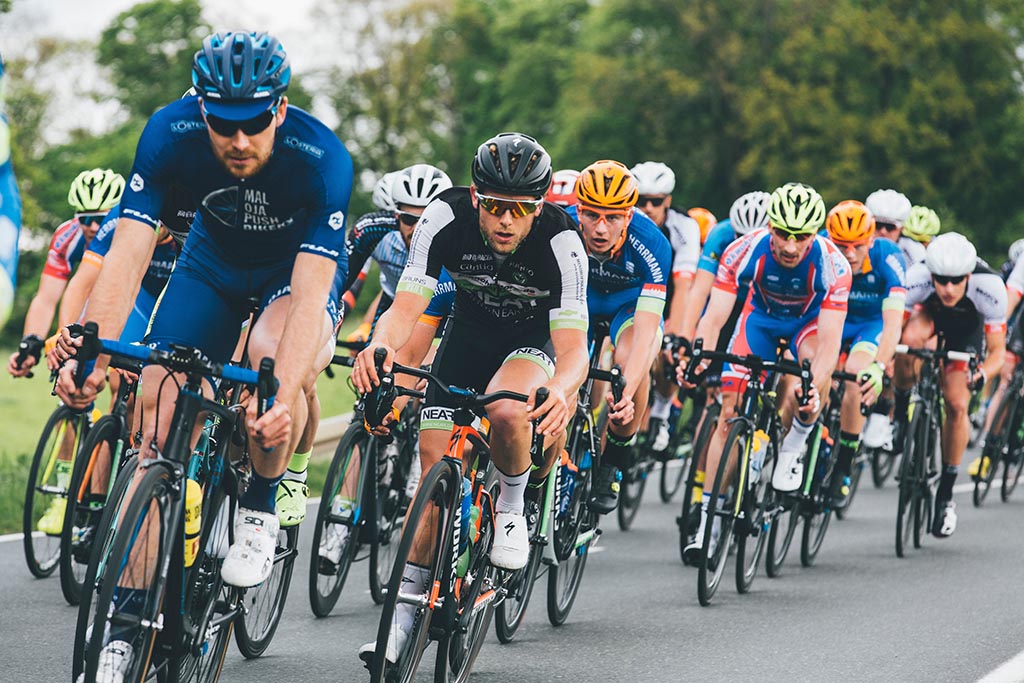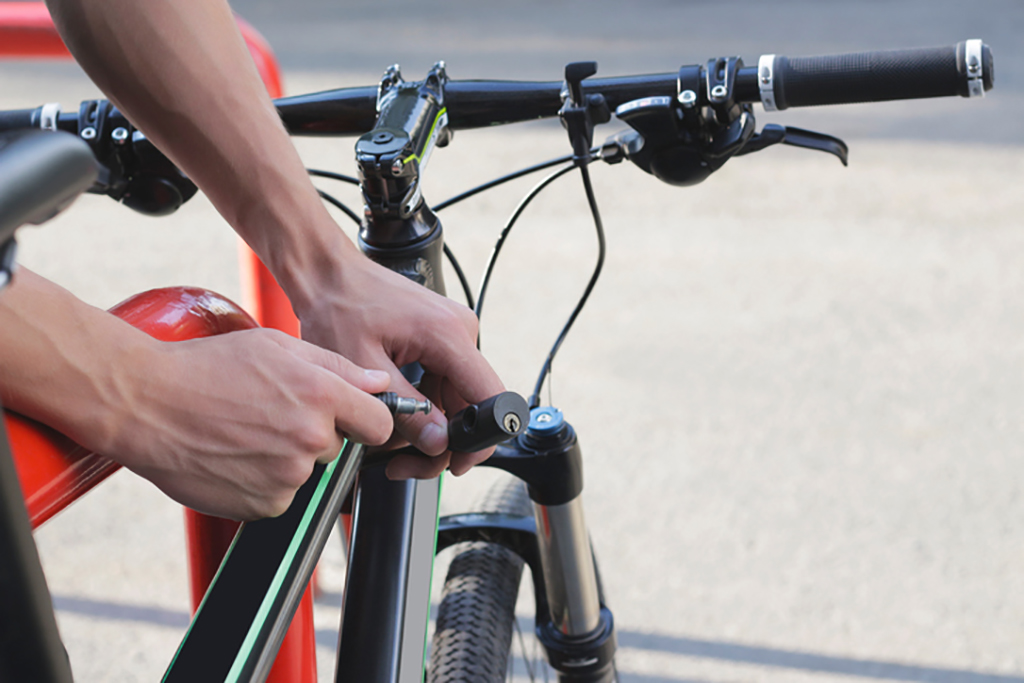A good bicycle mechanic is a cyclist’s best friend. Certain things need to be serviced and looked over by a professional. Not only are they in the know, but they will also better ensure your bicycle safety. Here are five good reasons why you should find a good bike shop and trust your bicycle mechanic:
1. Warranty
Most bikes have a warranty on them, which is excellent for anyone who rides and depends on their bike for their health or transportation. Yet, almost all bikes warranty will be voided if they are not serviced or maintained by a certified mechanic.
2. Hidden Issues
Bikes have issues that aren’t noticeable by looking at the bike or lightly riding the bike, such as a crack in the frame, a cross-threaded bottom bracket, or even a tire that is starting to separate from the bead. A mechanic that specializes in the manufacturer of the bike that you own should be able to spot these and other issues that your bike may have, as well as be able to fix these issues in a way that complies with the manufacturer’s requirements to not void your warranty. Some of the issues that you could have might seem to be more annoying than really a problem, such as a slight shifting misalignment, or a rubbing of the brake, or even a creaking with every pedal stroke, but these issues can be signs of bigger issues that could be detrimental to your bicycle and checkbook, or even your health.
3. Specialized Parts and Specialized tools
There are parts on all bikes that need specialty tools, and usually, the nicer your bike, the more specialty components, and more specialty tools your bike will require to repair successfully. Whether it’s a cassette or bottom bracket tool, chain whip, bearing press, spoke wrench, reaming or facing tool, or even a brake bleeding kit, most bike shops will know which tool to use, have that tool in their possession, and be able to effectively use that tool to successfully fix your bike’s specific issue.
4. Newer and changing technology
Newer bikes have advanced mechanical parts like complex shifting and brake systems. These must need a higher level of experienced skill and practice to ensure correct function. Professional mechanics are always being introduced and trained for the bike systems as they are released.
5. Bike Parts / Equipment have lifespans
Along with a warranty, certain things need to be serviced and looked over by a professional. Even if the bike or parts function like new, beyond a shelf life they may no longer hold up to the abuse cyclists put on them. Brake pads and tires dry rot, grease in shifters will harden. A professional will know when to re-grease an item, can tell when your brake pads need to be replaced etc… before it becomes an issue you experience while riding.
For bike safety tips, cycling laws, and more contact us anytime.
